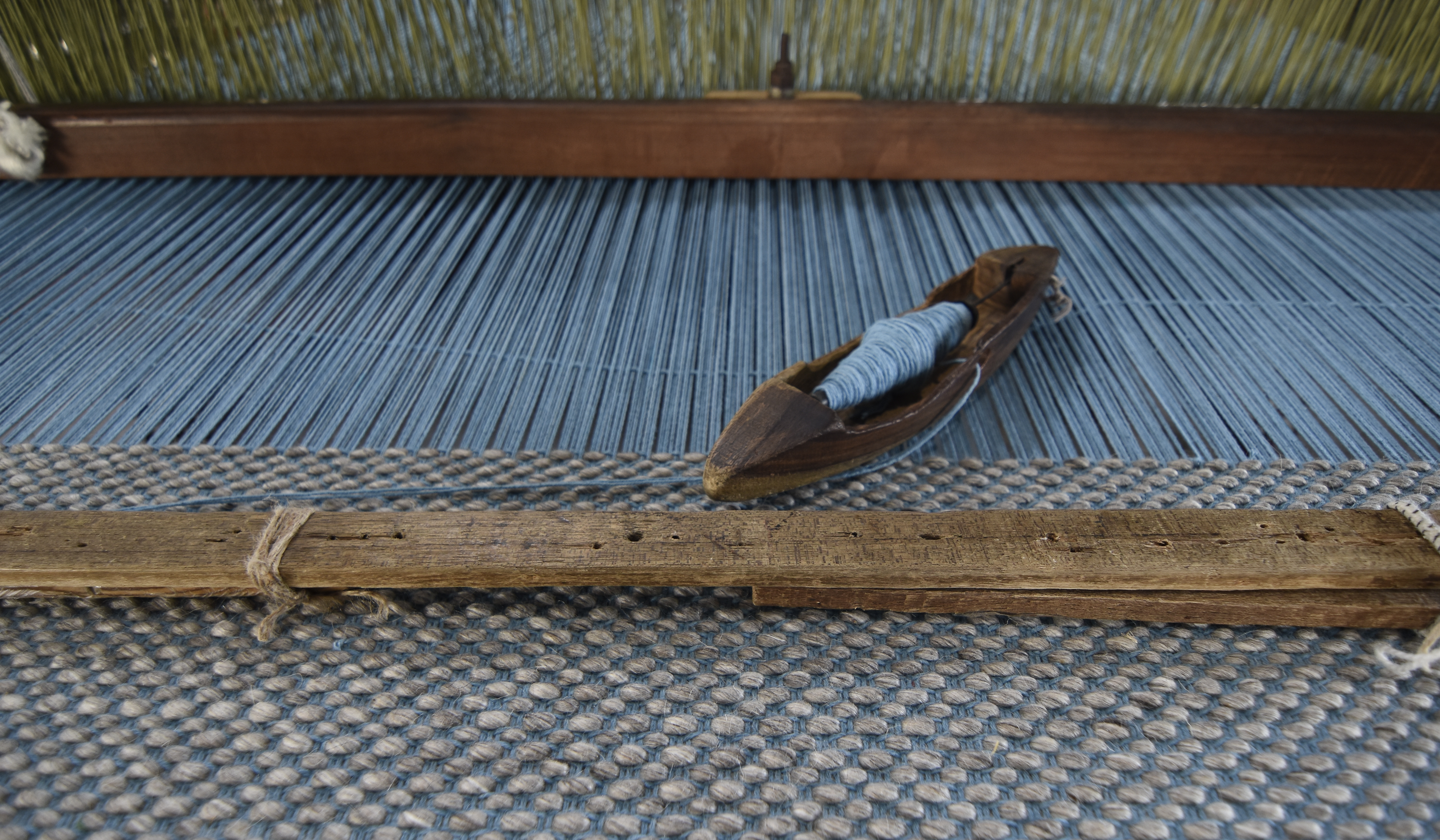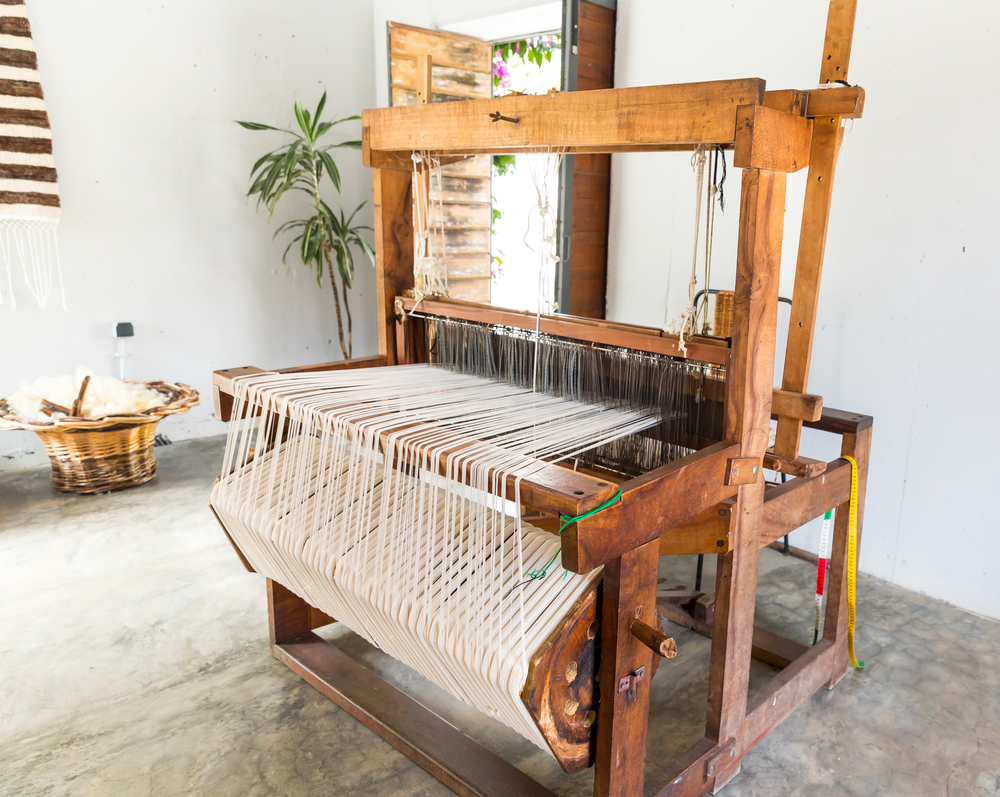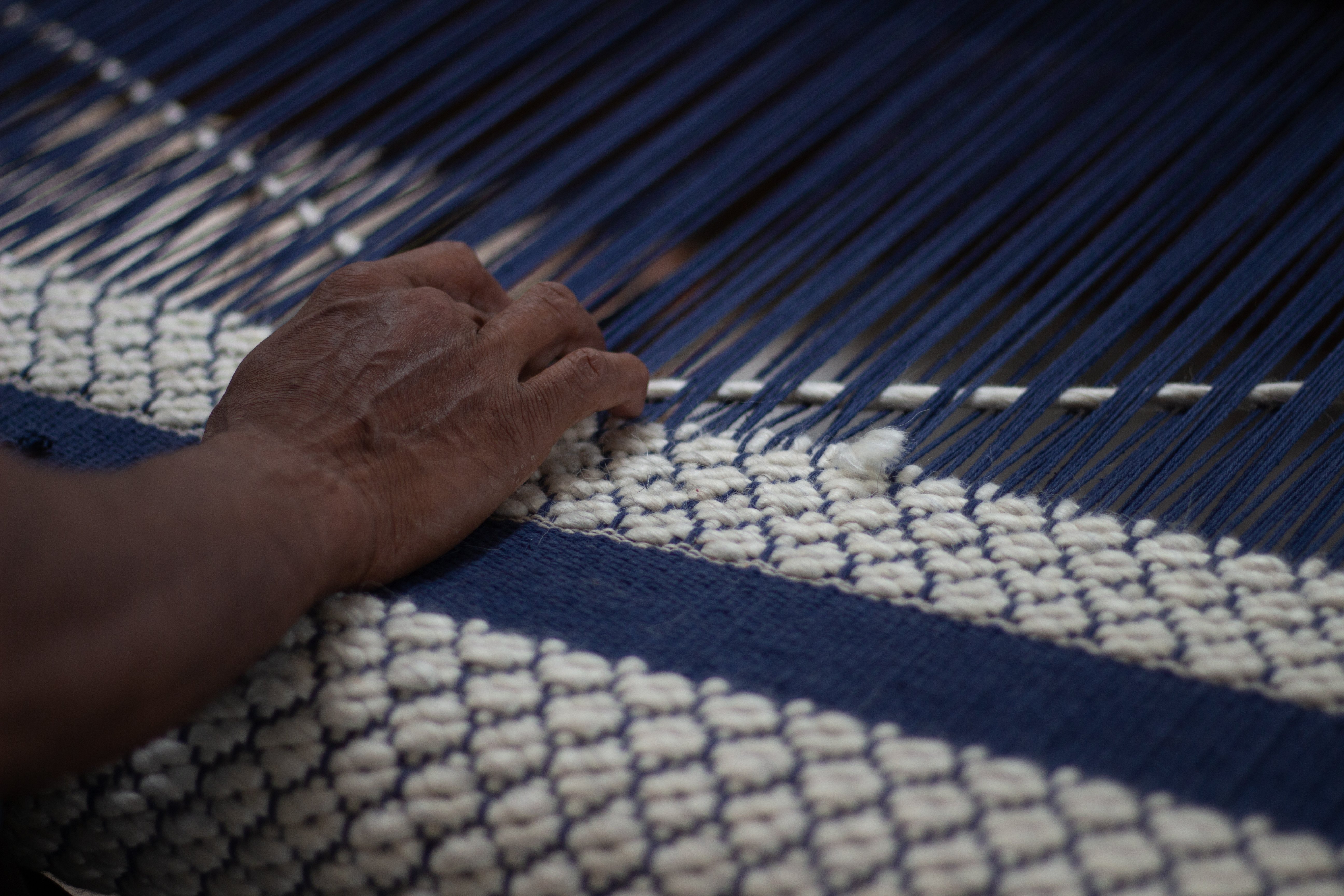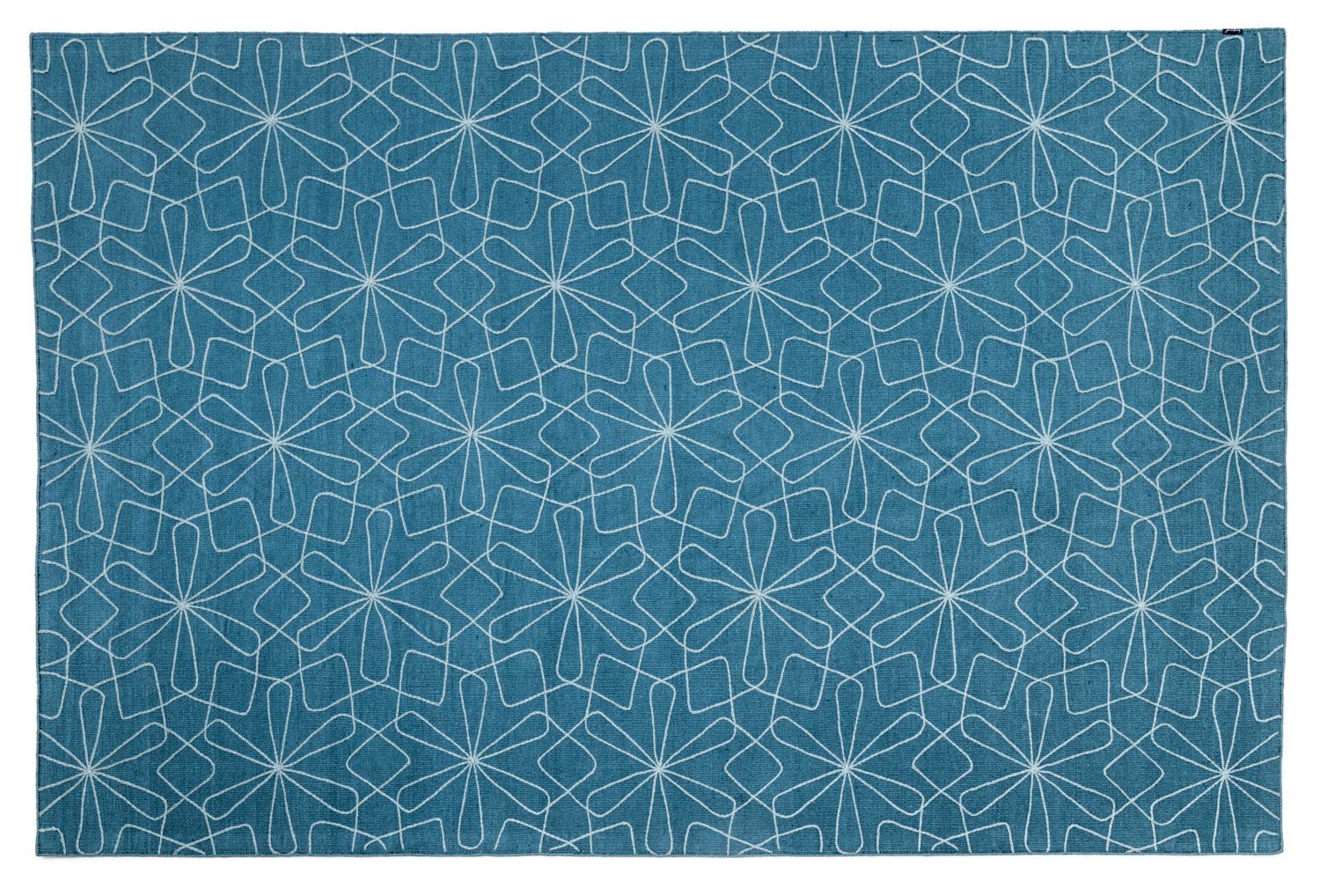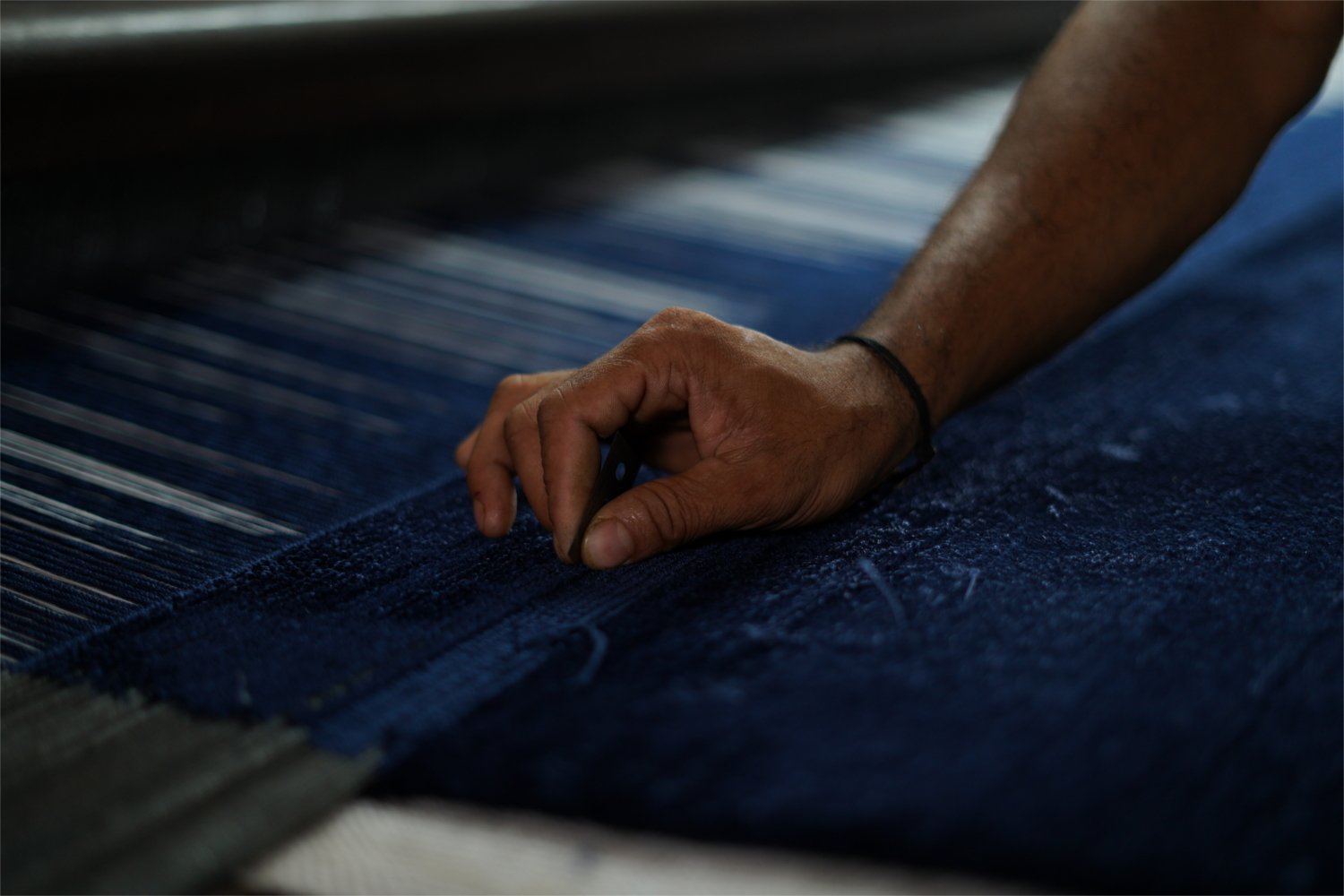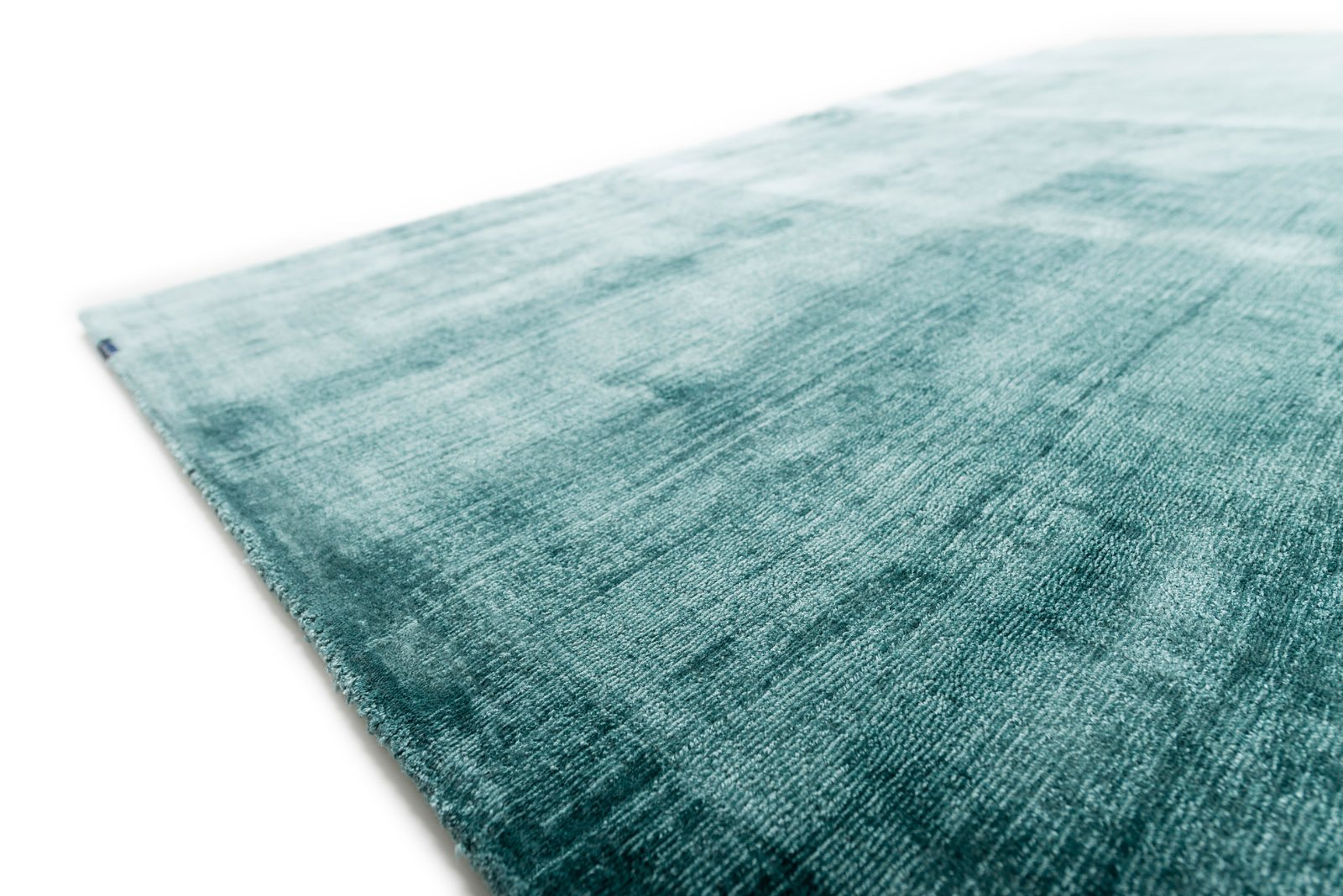WEAVING: AN ANCIENT AND SMART HANDICRAFT
Weaving, one of the oldest handicrafts, has a thousand years of history with its various styles, techniques and traditions. During the process of weaving two thread systems are interlaced by machine or by hand.
Even though the ancient Egyptians already mastered the art of weaving, its origins go back to Central Asia, where nomads produce carpets for their daily usage. The trade of woven carpets brought great wealth to the Assyrian, Babylonian and later Phoenician cultures. Weaving was known in ancient Greece and later also the Romans used soft wool, light Egyptian and Spanish linen as well as fine Chinese silk in the production of their precious carpets.
Those carpets were especially precious through the aesthetic and elaborate shapes, patterns and illustrations which were woven into them. When weaving blossomed in Europe in the middle of the 15th century, a great weaving guild was created in today’s Germany.
Nowadays weaving is done either by machine or by hand using a loom.
FROM ORIGINAL TO MODERN WEAVING TECHNIQUE
During weaving, the so-called 'warp threads' are simultaneously lifted and then lowered. The resulting tunnel is known as the 'shed' which is filled with a cross thread called 'weft'. Since the position of the warp threads is regularly changed by lifting and lowering them, a dense, robust and flat mesh is created when the weft yarn is passing across the warp threads through the shed.
The nomads are known for such flat weaves, especially for the so-called 'kilim', the history of which can be traced back to the 4th century AD. The special feature of this type of carpet is that the weft thread forms a pattern on both sides of the carpet. These patterns and motifs usually represent images of a natural environment, such as plants and animals or symbolize desires for happiness, marriage or safety.
Kilims can be identified through their specific ornaments and symbols, they vary from generation to generation and are also different in different nomadic peoples. Ancient kilims, older than 100 years and well preserved, are considered to be extremely valuable. Nowadays the motifs are created by professional designers.
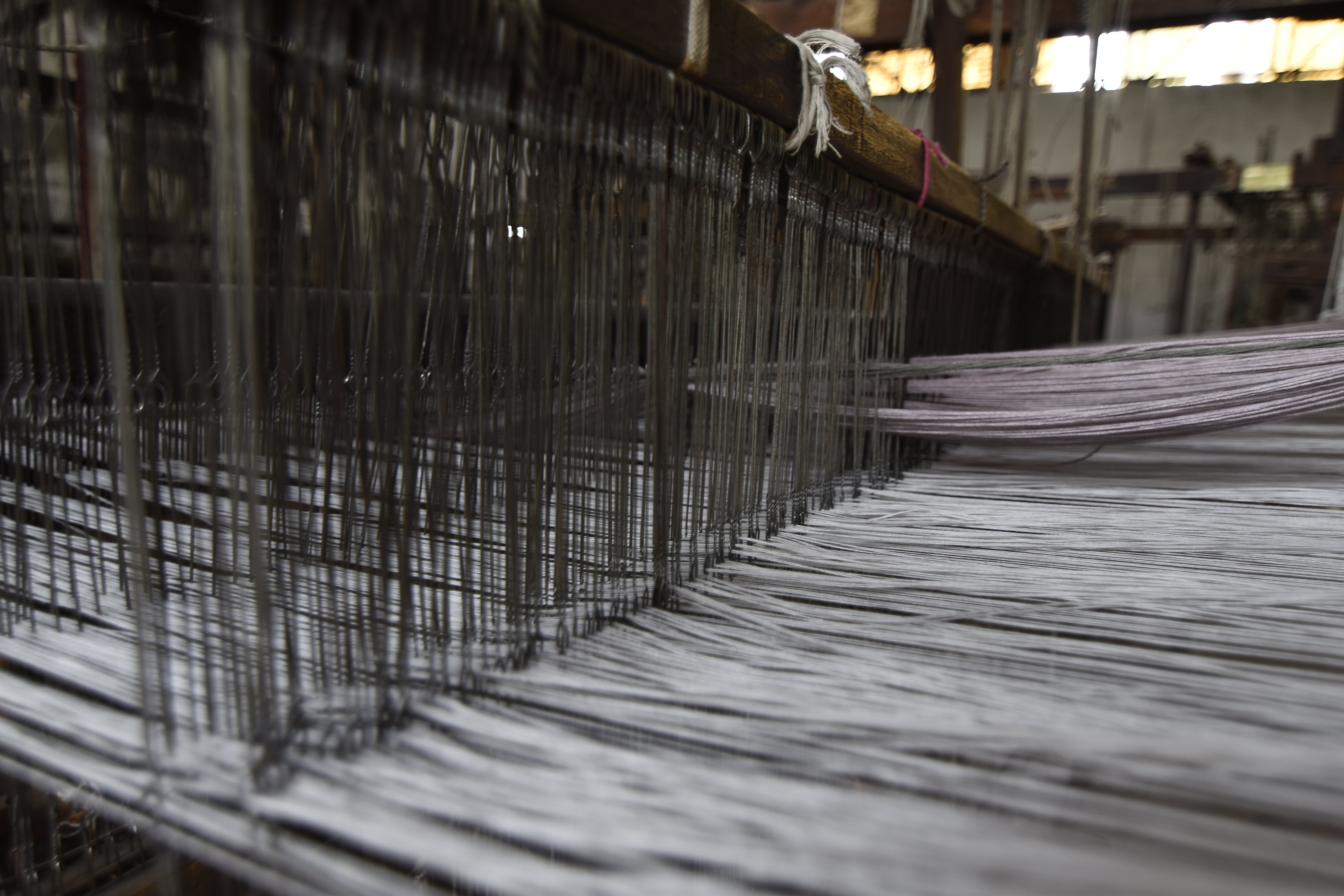
Simple looms with a vertical warp were used until the High Middle Ages. A change in the production technology occurred when a flat loom and a horizontal warp were invented. From 1600 on and after beginning to use the ribbon weaving mill it became possible for the first time to weave more than twenty ribbons simultaneously on one loom.
It was not until the 18th century that the first mechanical loom was created in Europe. The silk weaver J.M. Jacquard from Lyon made a revolution in the loom device invention in 1805. The use of punched cards made it possible to lift warp threads individually and weave large patterned fabrics. From that time on an unlimited variety of patterns could be produced in comparison with the preceding simple weaving models that could not offer this possibility. This new method was named after the inventor and is still known today as Jacquard technique.
DIVERSITY OF CARPET DESIGNS
Carpet designs are nowadays extremely diverse. Style, size and color can convey information about the origin of a carpet but its design is considered to be the most important component. Carpet ateliers spend a lot of time developing traditional patterns and creating new groundbreaking ones. Often they experiment with a combination of different techniques to create something truly novel.
Unlike modern designers sketching elaborately on paper and computer, nomads had the incredible ability to weave patterns into the carpet solely from memory. It is differentiated between the following types of patterns in the carpet design: stylistic, geometric and figurative.
- Stylistic patterns are represented by fine curved lines, which can be found almost in all carpet types. Detailed and precisely drawn sample sheets are required in order to produce high-quality carpets with those patterns.
- Geometric patterns consist of straight and angular lines such as angles, diagonals and triangles. These patterns can often be found in motifs of medallions and rows. Geometrical forms were quite popular with nomads but even today they are in great demand in modern furnishings, especially in the Boho style.
- The figurative carpet patterns depict people and animals mostly in a historical or mythological context. They were not frequently used in old times but their function was sometimes to display this or that historical event. Figurative patterns are most suitable for knotted carpets and since the 20th century have also been used in China.
Weaving only allows for patterns that run horizontally, vertically or diagonally. Curves are technically not possible, so weaving designs are more limited than other methods of manufacturing. However, using a combination with other techniques such as stitching, you can still create interesting, three-dimensional designs. Woven rugs also provide the possibility to include pile yarn. This creates high pile rugs with a homogeneous appearance in fibre orientation.
- Collections
- Interior Design
- Behind the scene
- technically
- Materials
